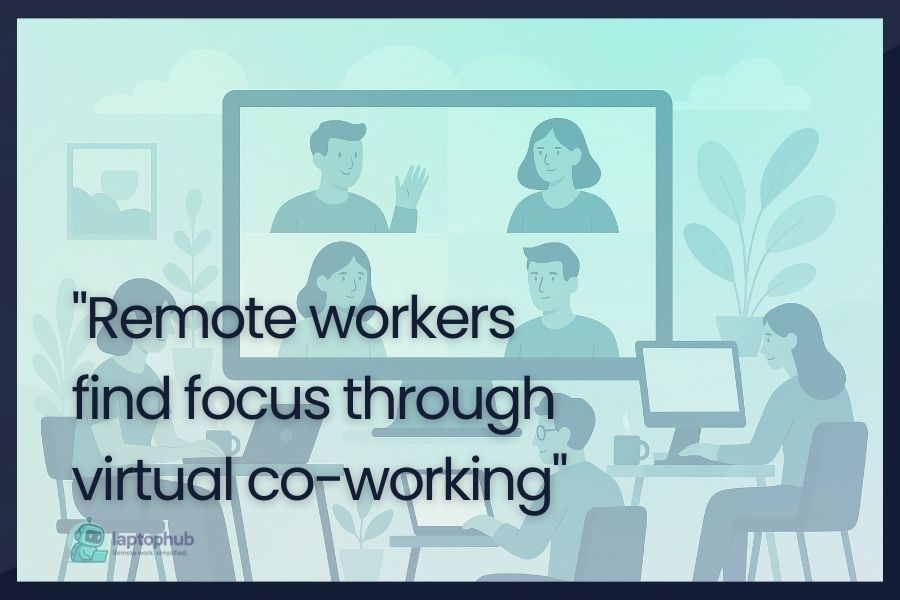According to a report by The Times, which cites a study from the University of East London conducted in collaboration with the virtual co-working platform Flown, remote workers are increasingly turning to “body doubling”—the practice of working alongside others via continuous video calls—as a way to improve focus and productivity. Originally used as a support technique for individuals with ADHD, the method is now being explored as a productivity booster for professionals navigating the challenges of remote work.
Evidence of effectiveness
Preliminary studies from the University of East London indicate that body doubling can enhance concentration and productivity. The shared virtual presence creates a sense of community and mutual accountability, which can be particularly beneficial for remote workers who may experience feelings of isolation.
Implementation in the workplace
Companies are experimenting with virtual co-working sessions to foster a sense of camaraderie among remote employees. For instance, Marketing Signals has implemented optional body doubling sessions, allowing employees to join virtual rooms where they can work alongside colleagues. This approach aims to balance flexibility with the benefits of social interaction.
Potential drawbacks
Despite its advantages, body doubling is not without criticisms. Some employees express concerns about privacy and the discomfort of being observed continuously. There’s also the risk of increased distractions if the virtual environment becomes too social. Experts like William Arruda emphasize the importance of setting clear expectations and ensuring that participation is voluntary to mitigate these issues.
Broader implications
The adoption of body doubling reflects a broader trend in remote work strategies aimed at enhancing productivity and employee well-being. As organizations continue to navigate the challenges of remote work, innovative approaches like virtual co-working may become integral components of the modern workplace.





